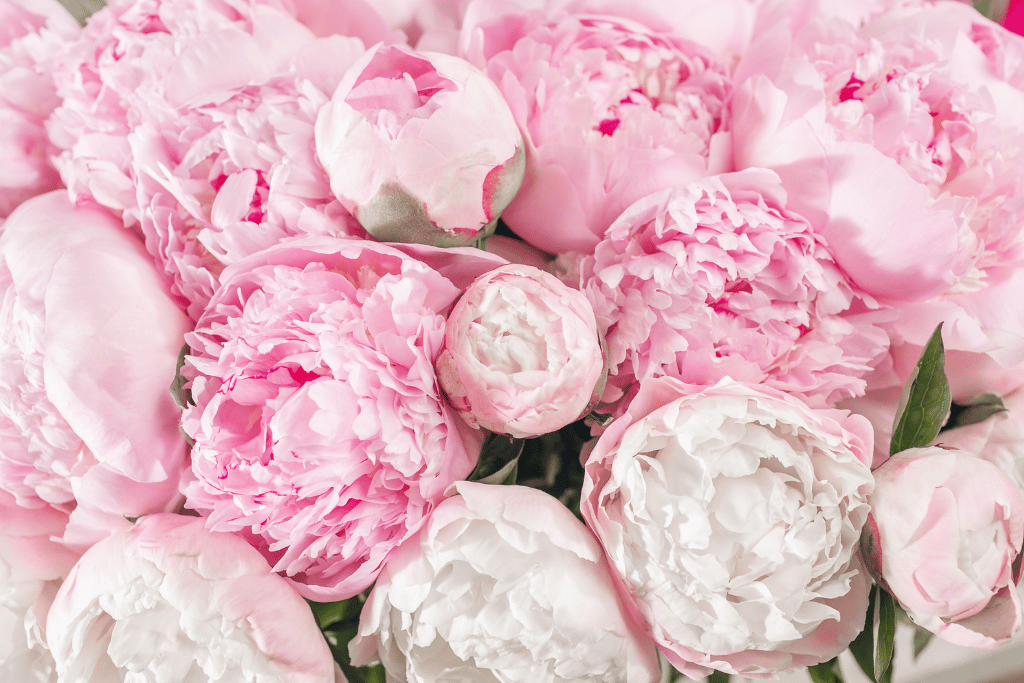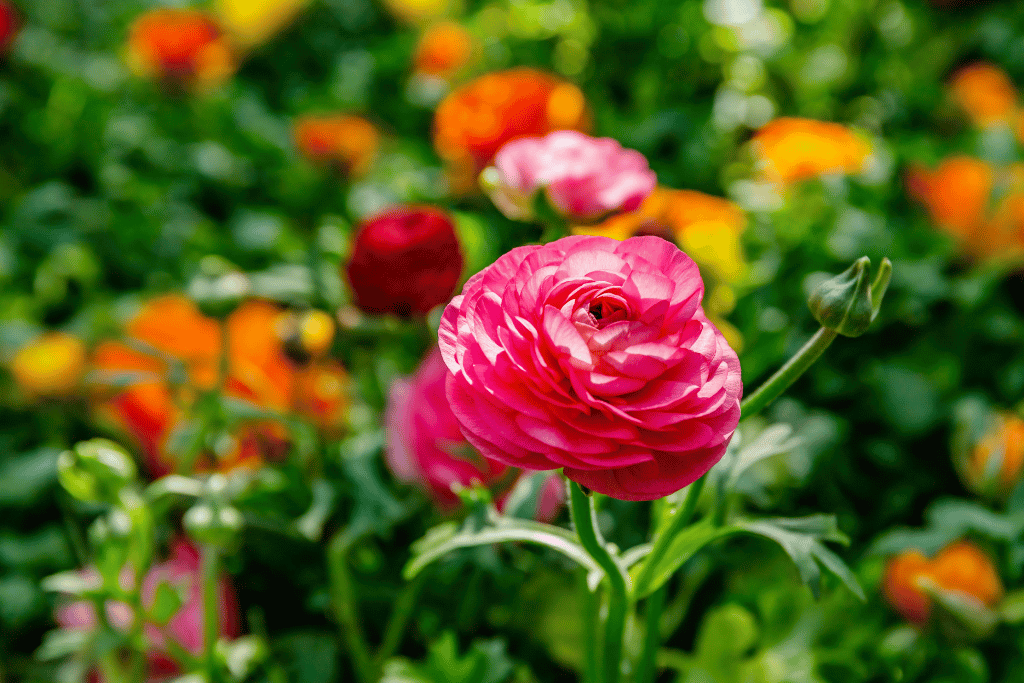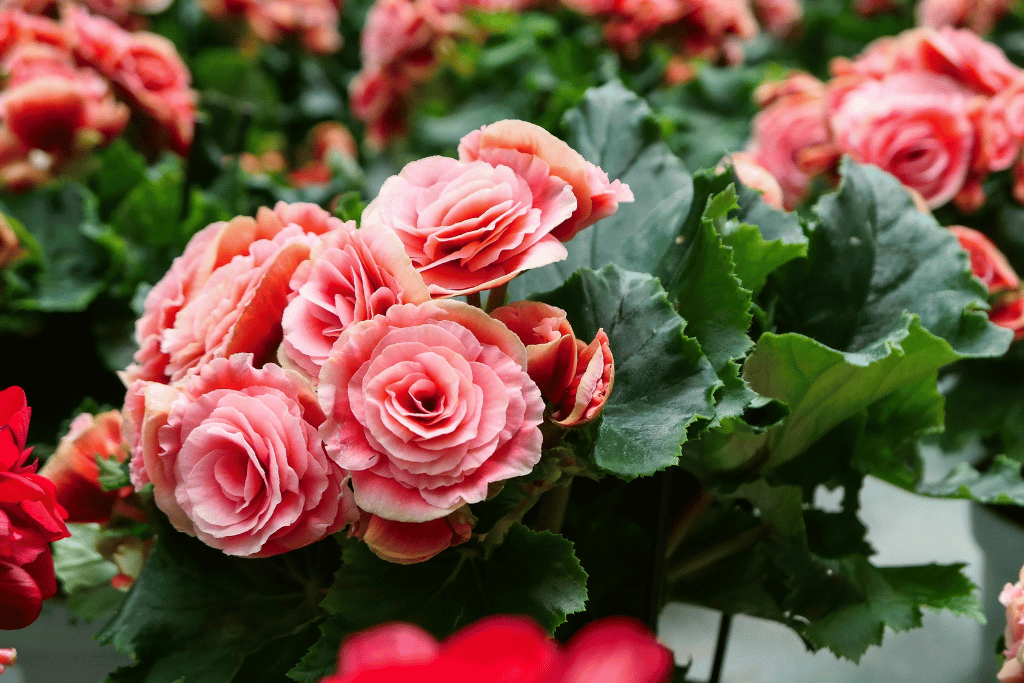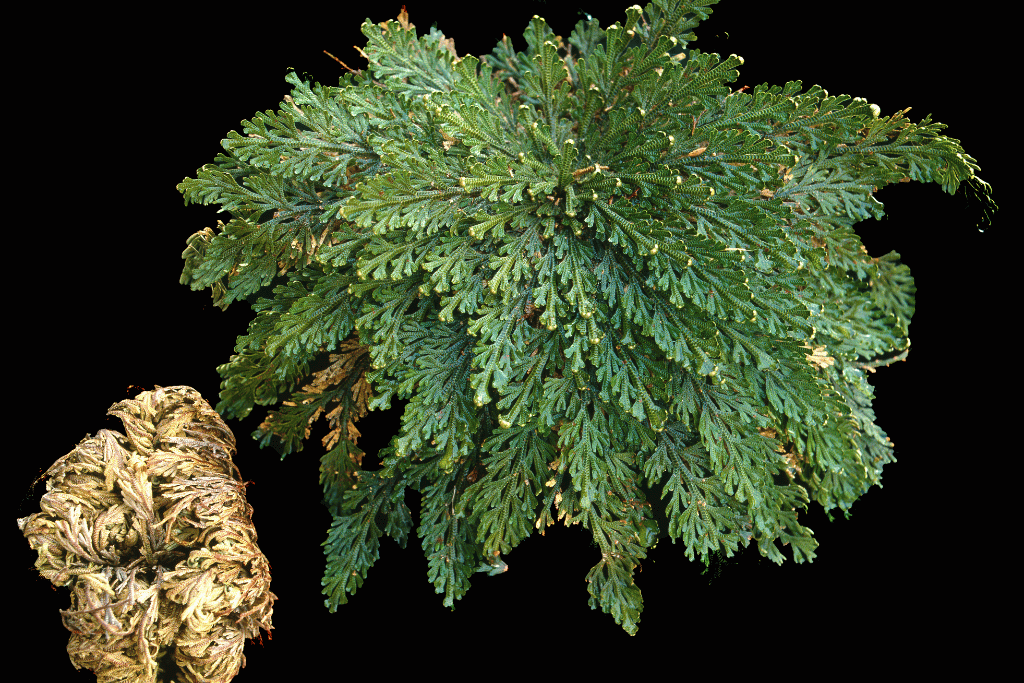
Everything that glitters is not gold. Similarly, every plant that looks like cabbage may not be cabbage. When I was a novice gardener, I had my fair share of confusing moments where I thought the plant I was looking at was cabbage, only to find out it wasn’t.
But your trusty old gardening expert doesn’t want you to go through a similar experience. That is why, I am writing this piece to talk about different flowers and plants that look like cabbage. Since some of those plants are also grown for the benefits they offer, I will also share some tips for growing them.
But before any of that, a word about the star of the show itself!
What is Cabbage?
Cabbage is a hardy and nutritious biennial crop. It belongs to the Brassica family, also famous as cole crops. Other popular members of this big family are kale, brussels sprouts, broccoli, cauliflower, collard greens, and kohlrabi.
Cabbage is a robust vegetable with many varieties. Some are as small as a softball, while others weigh up to 50 pounds. Some are pink, red, or white, while others are lavender, purple, or blue. This versatility also makes them similar to some other plants and flowers in their appearance. Let us learn about those plants.
4 Plants That Look Like Cabbage
1. Celery Cabbage
Celery cabbage, also known as Chinese or napa cabbage, resembles traditional cabbage because of its pale green leaves that are arranged like in a cabbage. It is a perennial plant native to Europe and some parts of Asia. It features clusters of small yellow flowers.

Celery cabbage gets its name because its leaves taste like a celery stalk. If eaten raw, this vegetable tastes a bit bland. Therefore, many people cook it to make it slightly sweet and crispy. It is often a part of traditional Chinese and Korean cuisine. Chinese cabbage is also a great source of different vitamins such as vitamin B9, vitamin C, and vitamin K. Its high antioxidant content is likely to prevent cancer.
Tips for Growing Chinese Cabbage
You can grow celery cabbage by starting seeds indoors eight weeks before the last frost date. It is grown as an annual plant in colder regions, even though it is a biennial like cabbage. Once the seeds germinate indoors, you can transfer them outdoors when there’s no more risk of frost.
Chinese cabbage prefers well-fertilized and well-drained soil with a pH of 6-7.5. The ideal temperatures for its growth are 65-75 F during the day and 55-60 F at night. Watch for soggy or waterlogged soil, as the plant can rot if overwatered.
2. Common Lettuce
Common lettuce, iceberg lettuce, or head lettuce are all names of the leafy vegetable we are so familiar with. Botanically known as Lactuca sativa, lettuce is often found in salads, sandwiches, burgers, and wraps. It is also honored to be the world’s most popular salad crop. Looking at it from a distance in a garden can make it look like a cabbage due to how its leaves are arranged.

People also grow this vegetable for its stem and seeds. It is also relatively easy to grow and packed with nutrition. However, to access that high-quality nutrition, growing it in your backyard is better than buying the tasteless, watered-down, and pesticide-treated industrial type.
Tips for Growing Lettuce
Start the seeds in a seed tray at least four weeks before transplanting them to the garden. It is better to use a well-drained seed starting mix at this stage. Place 2-3 seeds in each cell shallowly, no more than ⅛” deep. Lightly cover it with the soil mix and place it in indirect light with moist soil until germination.
Lettuce is winter-hardy, so you can transplant it as early as three weeks before the last frost. However, before you do that, you should harden it for 3-5 days to help it acclimatize to the extreme weather outside. Well-hardened lettuce plants can tolerate temperatures as low as 20 F.
When transplanting, use loamy and well-drained garden soil with a generous amount of compost. The plants should be at least 15-18 inches apart in the garden. Since lettuce is not drought-tolerant, water deeply once a week and retain soil moisture at all times. The plant prefers full sunlight to partial shade, ideally six hours of sun daily.
3. Cauliflower
If you’ve ever wondered whether cauliflower and cabbage share any family, they do. Even though they are different cultivars, they belong to the family of species “Brassica oleracea.” It is an annual plant that is cultivated for its edible head.

Even though the vegetable itself doesn’t look like a cabbage, its leaves can give the impression of a cabbage plant, especially when the head is young and the leaves are wrapped around it.
Cauliflower also has a high nutritional value and contains a good amount of Vitamin C and fiber. It also has relatively fewer calories compared to green cabbage. This vegetable also contains high amounts of vitamin K and other vitamins and minerals such as folate, niacin, thiamin, riboflavin, magnesium, and phosphorus.
Here are some tips on how to grow cauliflower by yourself!
Tips for Growing Cauliflower
Even though you can grow cauliflower in spring, it grows best in fall. The cool weather helps with head formation. Moreover, I’d suggest you buy seedlings(transplants) instead of starting them from seeds because they can be tricky.
Plant the seedlings at least 18 inches apart. If you’re planting them in early spring, cover them with old milk jugs. Extremely cold weather can halt growth.
Keep watering consistently throughout the growth, and use mulch to retain moisture. It is best to water at least 2 inches per week per square foot. Side-dressing the plants with a high-nitrogen fertilizer about four weeks after transplanting will also help encourage growth.
Avoid making your plant go through changes in temperature, soil nutrition, moisture, or insects. These plants need time to adapt, and sudden changes can interrupt growth.
4. Ornamental kale and Cabbage
Many flowering plants like pansies beautify gardens during fall. However, try ornamental kale or cabbage if you want to take a different road this season. These are winter plants that look like cabbage. Moreover, these plants belong to the Brassica oleracea species, the same family where your cabbage and cauliflower come from.

However, their use is much more decorative. People grow these cold-tolerant plants for their vibrant and fancy foliage that can take on different colors like purple, pink, white, or red. They are also known as flowering cabbage for the same reason.
The plants with frilly, curly, or ruffled leaves are called ornamental kales, while the plants with flat and broad leaves with contrasting colors are known as ornamental cabbages. They both can grow up to 15 inches tall and a foot wide. If it weren’t for their striking colors, telling these plants apart from ordinary cabbage plants would be difficult.
Tips for Growing Ornamental Kale/Cabbage
Ornamental kales and cabbages are not tolerant to summer heat. Therefore, starting seeds mid-summer or purchasing seedlings in the fall is ideal. You must sow the seedlings under cool conditions, which is why a greenhouse where you can control temperature is even better. If it’s already cool outside, you can start seeds directly in the garden. The seeds also need light to germinate. Do not cover them with soil. You should sow the seeds at least 6-10 weeks before the season’s first frost.
The plants will start showing color once it gets cool outside. As the frost and cold weather set in, your plant will exhibit vibrant shades of pink and red. These plants can last till Nov/Dec if acclimated well, and can tolerate temperatures down to 5 F. Lastly, if you’re interested in purchasing the plant instead of growing it, go for compact, large, and fully-colored plants.
4 Flowers that Look Like Cabbage Plants
Let me now tell you about some flowers that look like cabbage plants. The petals of these flowers are arranged in a way that makes them look similar to a cabbage plant.
1. Peonies

Peonies look like miniature pink cabbages. They are often planted as an alternative to roses. They are relatively easier to maintain and bloom during late spring/early summer. These pretty flowers can add color to your garden without taking too much of your time.
2. Carnation

Carnation is yet another flower that looks like a cabbage plant. It comes in different shades like pink or soft orange. If you want, you can also change their color by placing them in a glass filled with the colored water of your choice.
3. Ranunculus

These disease and pest-resistant flowers look like cabbage plants and are easy to grow. However, they are also poisonous with an acrid taste. Therefore, if you have kids and pets who don’t know any better, it is best to stay clear of this flowering plant.
4. Begonia

Begonias are famous flowers with stunning shades like salmon, yellow, pink, or red-orange. If you’re new to gardening and want to make your garden more lively, adding begonias to it will be relatively easy.
Final Words
I hope that this article has helped you learn about the flowers and plants that look like cabbage. The growing tips are in no way exhaustive, but they will give you an overview of how to go about it when starting out. Keep coming back for more informational content related to all things gardening!



